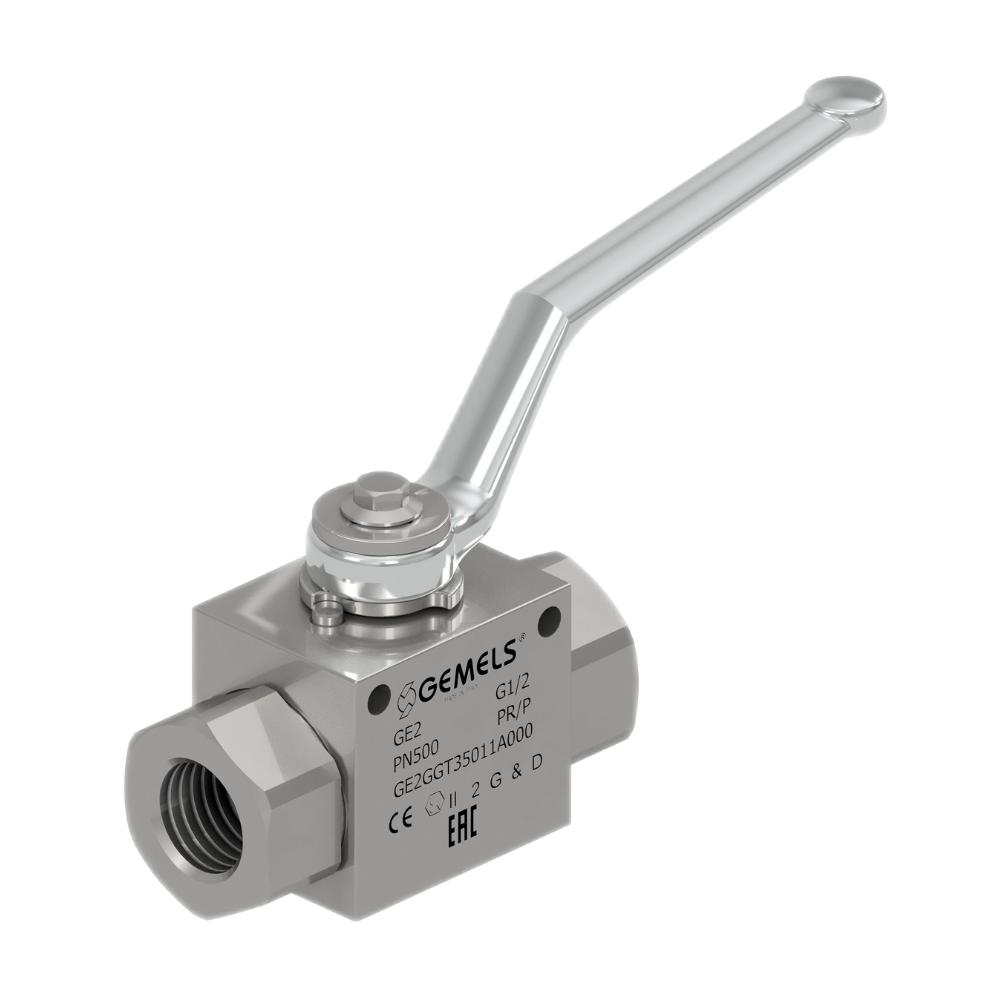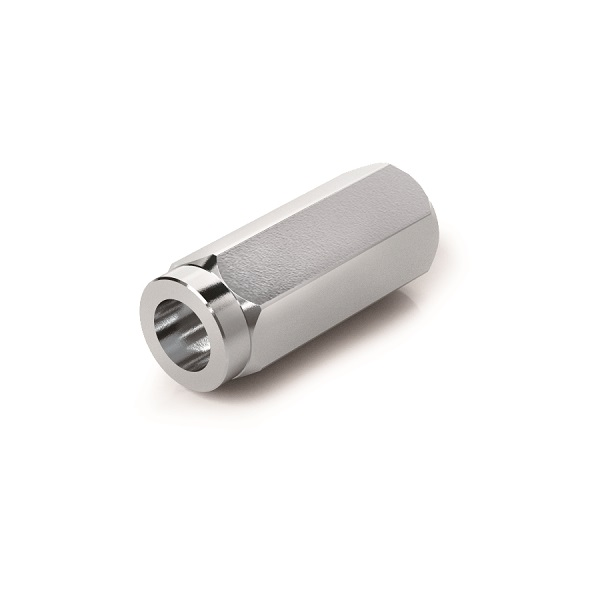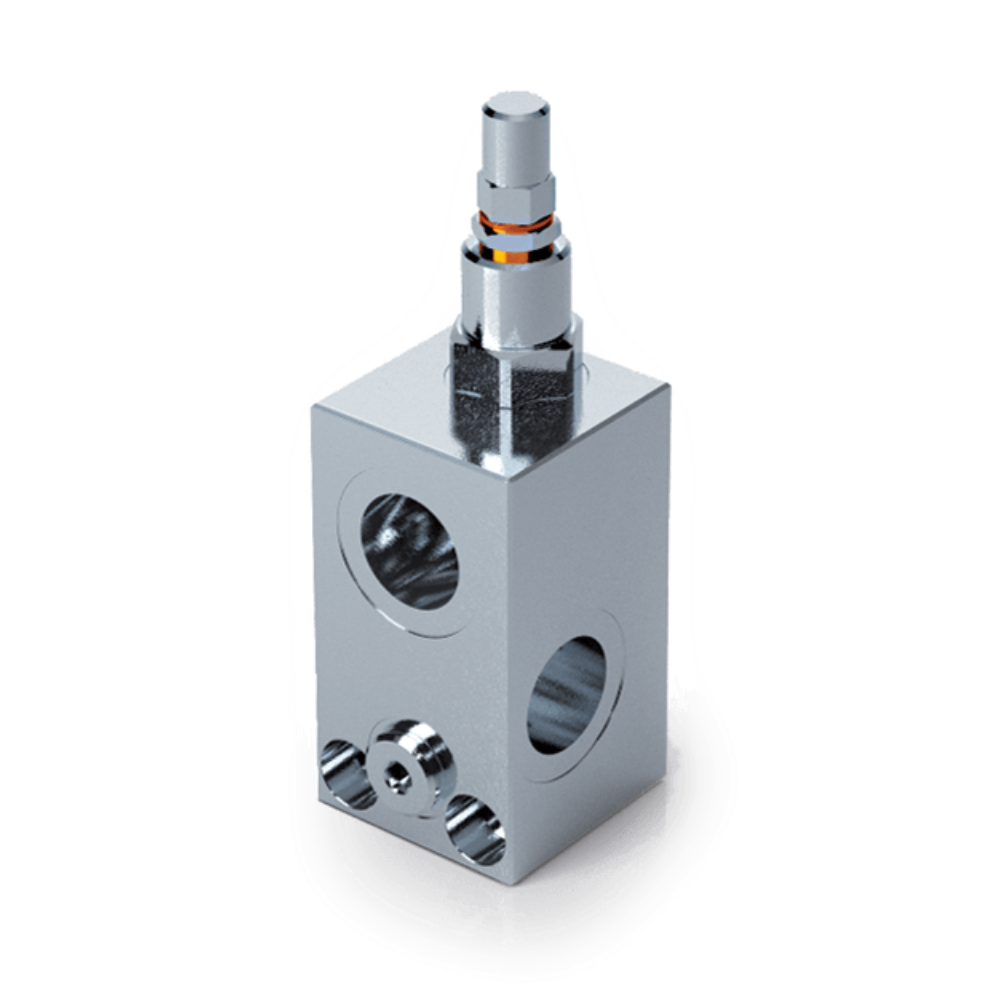A Comprehensive Guide to Industrial Valves: Types, Functions, and Applications
1. Ball Valves
Design and Function:
Ball valves are designed with a spherical disc that controls the flow of materials through the valve. The hollow, perforated sphere (the "ball") rotates within the valve body, enabling or blocking the passage of liquids or gases. They are ideal for fast, quarter-turn operations that require a simple on/off control.
Advantages:
- Quick operation
- Reliable sealing with low leakage
- Minimal pressure drop in open position
Common Applications:
- Oil and gas pipelines
- Water treatment plants
- Chemical and petrochemical industries
Click here to see Flowfit's Ball Valves
2. Gate Valves
Design and Function:
Gate valves are linear-motion valves that use a flat or wedge-shaped gate to either stop or allow fluid flow. These valves are commonly used in situations where full-flow control is needed without throttling capabilities. When fully open, gate valves offer minimal restriction, reducing pressure loss.
Advantages:
- Excellent for full, unobstructed flow
- Suitable for high-pressure environments
- Durable for long-term use
Common Applications:
- Water distribution systems
- Wastewater management
- Power generation
3. Globe Valves
Design and Function:
Globe valves have a spherical body and a movable disc element. They are designed for throttling and regulating flow. Unlike gate valves, globe valves offer fine control over flow rates, making them ideal for situations where precise regulation is required.
Advantages:
- Excellent throttling capability
- High durability under pressure
- Reliable in frequent operation
Common Applications:
- Steam systems
- Cooling water systems
- Fuel oil systems
4. Butterfly Valves
Design and Function:
Butterfly valves use a rotating disc to control the flow of fluid. The disc remains perpendicular to the flow when open, and rotates 90 degrees to close off the passage. They are lightweight, compact, and offer a quick, quarter-turn operation.
Advantages:
- Compact and space-saving design
- Fast operation and low maintenance
- Suitable for large-diameter pipes
Common Applications:
- HVAC systems
- Food processing industries
- Pharmaceutical plants
5. Check Valves
Design and Function:
Check valves are designed to allow fluid to flow in only one direction, preventing backflow in the system. They operate automatically and do not require manual or external intervention. This makes them essential in safeguarding pumps and compressors from potential damage caused by reverse flow.
Advantages:
- Simple design with automatic operation
- Protects equipment from backflow
- Minimal maintenance required
Common Applications:
- Pumping systems
- Steam systems
- Water and sewage systems
Click here to see Flowfit's Check Valves
6. Pressure Relief Valves
Design and Function:
Pressure relief valves (PRVs) are safety devices designed to protect equipment and systems from excessive pressure. They automatically release pressure when it exceeds a set limit, ensuring the safety and integrity of the system.
Advantages:
- Prevents equipment damage from overpressure
- Enhances safety in high-pressure environments
- Automatically adjusts to pressure changes
Common Applications:
- Oil refineries
- Chemical processing plants
- Boiler systems
Click here to see Flowfit's Pressure Relief Valves
7. Diaphragm Valves
Design and Function:
Diaphragm valves use a flexible diaphragm that moves up and down to control flow. The diaphragm is typically made of rubber or plastic, making these valves ideal for handling corrosive or abrasive materials.
Advantages:
- Excellent for corrosive fluids
- Leak-proof design
- Suitable for sterile or hygienic applications
Common Applications:
- Pharmaceutical industries
- Food and beverage processing
- Water treatment plants
Choosing the Right Valve for Your Application
Selecting the right valve type for your industrial process depends on several factors, including the nature of the fluid, temperature, pressure, and flow requirements. Here are a few considerations to keep in mind when choosing a valve:
- Flow Control Needs: Some valves like ball and gate valves are ideal for on/off control, while others like globe and butterfly valves excel in throttling applications.
- Pressure and Temperature: High-pressure systems often require durable, robust valves like gate and pressure relief valves. In contrast, diaphragm valves are better suited for low-pressure, corrosive environments.
- Material Compatibility: Ensure that the valve materials are compatible with the fluids in your system to prevent corrosion, abrasion, or degradation over time.
Conclusion
Industrial valves are the unsung heroes of countless systems, ensuring the safe, efficient, and reliable operation of industrial processes. From the simplicity of ball valves to the specialized design of diaphragm valves, each type has its strengths and applications. Understanding the different types and their uses is essential to optimizing performance and ensuring safety in any industrial operation.
Choosing the right valve is not just about functionality; it's also about ensuring longevity, minimizing maintenance, and optimizing your industrial processes for success.
Shop all of our Hydraulic Cartridge Valves here!
The total one-stop supplier for hydraulic components & systems
Get in touch
Parys Road
Ludlow
Shropshire
SY8 1XY











